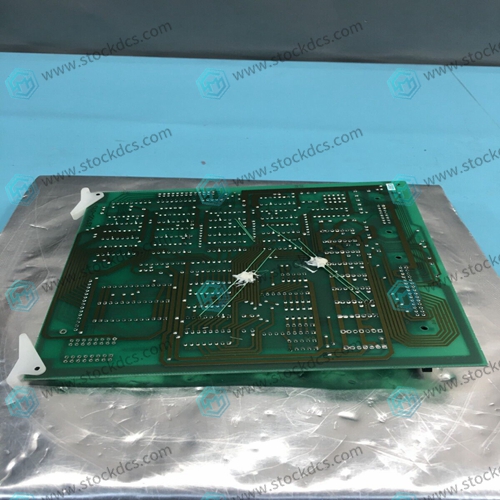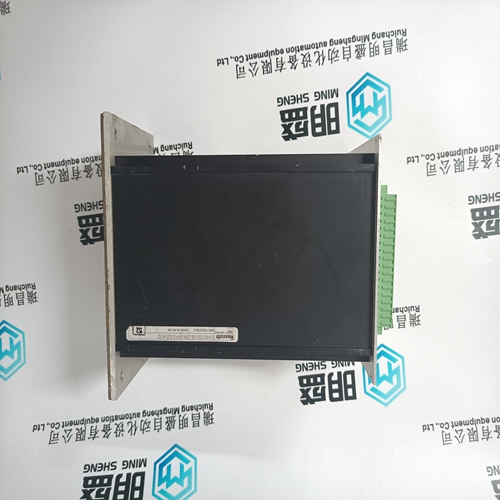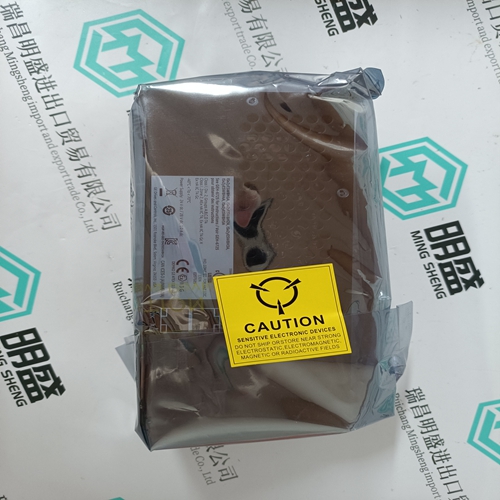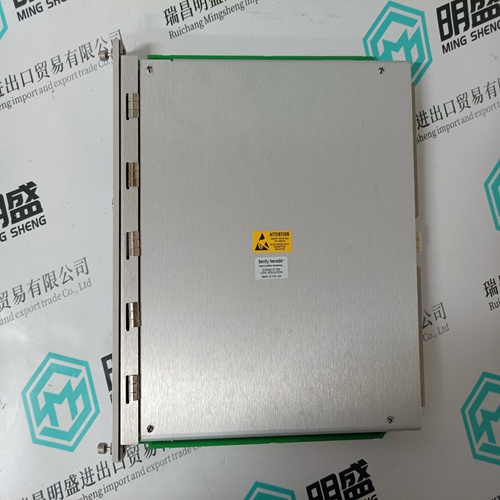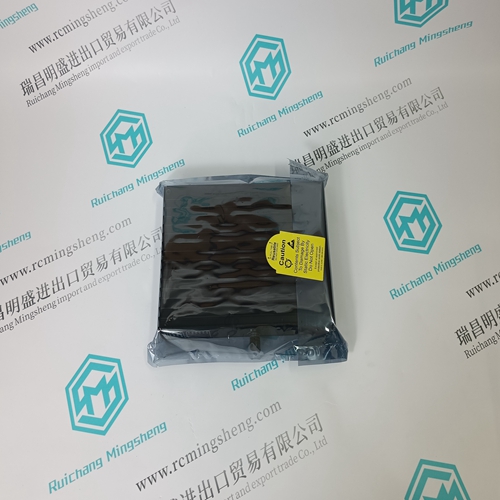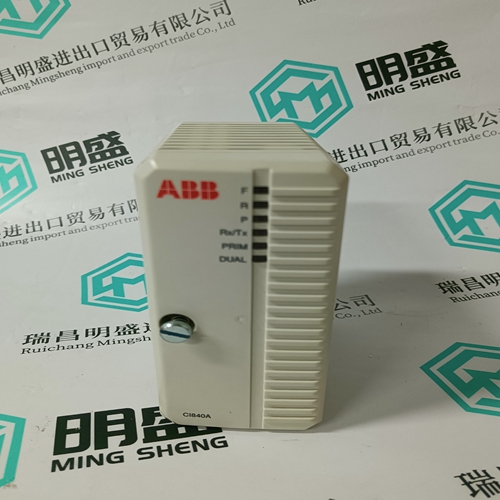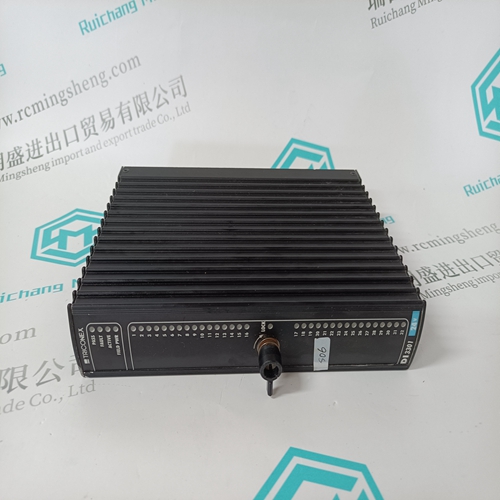Home > Product > Robot control system > NIKON 2S700-073-4 I/O Module
NIKON 2S700-073-4 I/O Module
- Goods status: new/used
- Delivery date: stock
- The quality assurance period: 365 days
- Phone/WhatsApp/WeChat:+86 15270269218
- Email:stodcdcs@gmail.com
- Tags:NIKON2S700-073-4I/O Module
- Get the latest price:Click to consult
NIKON 2S700-073-4 I/O Module
Product Details Introduction
Input/Output Modules, commonly abbreviated as I/O modules, are devices used to input digital or analog signals into or output signals from automation systems. These modules play an important role in industrial automation, control systems, home automation, and other fields, connecting sensors, actuators, and external devices to achieve data collection, monitoring, and control. Here are some key information about the I/O module:
Characteristics of the input output module:
Input module: The input module is used to receive external signals, which can be digital signals (such as switch status) or analog signals (such as temperature sensor output). The input module usually converts these signals into digital form for processing by the computer or control system.
Output module: The output module is used to control external devices or actuators, such as motors, valves, lighting, etc. The output module converts digital control signals into signals that can be understood by external devices to achieve control operations.
Number of channels: Input/output modules typically have multiple channels, each of which can process an input signal or control an output device. The number of channels depends on the type of module and application requirements.
Communication interfaces: These modules are usually connected to computers, controllers, or other systems through various communication interfaces (such as digital input, digital output, analog input, analog output, Ethernet, RS-232, RS-485, etc.).
Real time performance: For real-time control systems, the input and output modules need to have good real-time performance to ensure timely response to external signals or control commands.
Application field:
Industrial automation: Input and output modules are used to control industrial machinery, production lines, sensors, and actuators to achieve automated production processes.
Control system: In various control systems, including programmable logic controllers (PLCs), distributed control systems (DCS), and SCADA systems, input and output modules are used to implement control logic and data acquisition.
Home automation: Used in home automation systems, including smart homes, lighting control, security systems, etc.
Medical equipment: Input output modules can be used to connect sensors and actuators to monitor and control the operation of medical equipment.
Transportation system: In traffic signal lights, railway signal systems, and road monitoring, input and output modules are used to achieve signal control.
Method of controlling input and output modules:
The control input output module typically involves the following steps:
Physical connection: A channel that connects sensors, actuators, or external devices to input/output modules.
Configuration: Configure the module to identify input signal types, communication protocols, and other parameters.
Programming: Create control logic to define how to respond to input signals and control output devices.
Monitoring and control: Real time monitoring of input signal status, executing output operations based on control logic.
Data recording and reporting: Record and report collected data for subsequent analysis or alarm purposes.
Product image
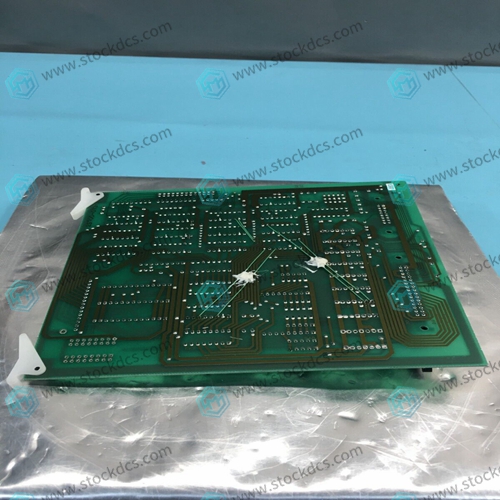
Related products:
Nikon 4S017-615 Control Pulse Module
